Inclusive and equitable parks experiences are key to the well-being of our communities and forests
When I was first introduced to Save the Redwoods’ mission to protect redwood forests, restore them to grow old again, and connect people with the forests’ peace and beauty, I wondered if these three objectives were completely aligned. From an environmental conservation standpoint, does encouraging public access to redwood ecosystems conflict with the goals of land protection and forest restoration? The images that came to my mind were of tunnels being carved out of giant sequoia trunks to create “drive-through” trees, and hikers going off trail in search of the Grove of Titans and impacting the understory and root systems of coast redwood trees thousands of years old. Does connecting to the redwoods ultimately serve as a benefit or detriment to redwood forests?
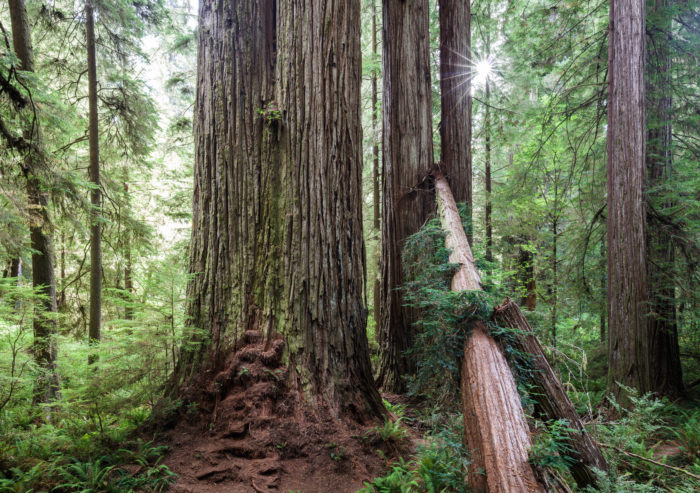
As I have engaged more deeply with the work of Save the Redwoods League, my thinking has shifted to consider how critical our connection to nature is, not only for the forests’ sake, but also for the broader benefit to our planet and society as a whole. Connecting to the redwoods is fundamental to our efforts to protect and restore them. Having a unique ability to instill wonder and capture our imaginations, the redwoods inspire a sense of stewardship and a shared commitment to preserving our environment for future generations.
The League’s science-based initiatives and education programs have increased our understanding of carbon-storing potential in the redwood range and highlight forest protection and restoration as global strategies to mitigate climate change. As the League furthers its study of the genetic diversity of redwoods and the environmental conditions the forests need to thrive, it can balance those needs with safe public access opportunities that still minimize human impact and protect sensitive natural resources.
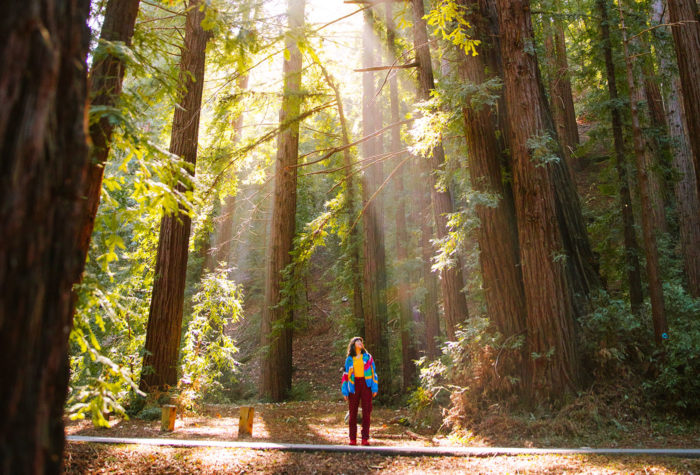
Nature’s Benefits to Well-Being
Strengthening our connection to the redwoods and to nature more generally has wide-ranging benefits on our personal health and well-being. Studies have demonstrated that people living in areas near more green space experience less mental distress and lower probabilities of obesity, diabetes, cardiovascular disease, and mortality. Exposure to nature contributes not only to improved cognitive function and psychological well-being, but also to a sense of meaning and purpose in life.
The reason that nature is so beneficial to our health may be due in part to biophilia, which is the hypothetical human tendency to interact or be closely associated with other forms of life in nature. This tendency stems from our ancestors’ evolution in natural settings where they depended on the environment to survive. Research into the practice of shinrin-yoku, or “forest bathing,” has shown that immersing ourselves in the sights, smells, and sounds of forests can trigger positive physiological changes in blood pressure and heart rate, while also lessening depression and anxiety and strengthening our immune system. Being in the redwoods, in particular, can inspire a sense of awe, which has been shown to decrease stress-related symptoms and enhance our feelings of connectedness and well-being.
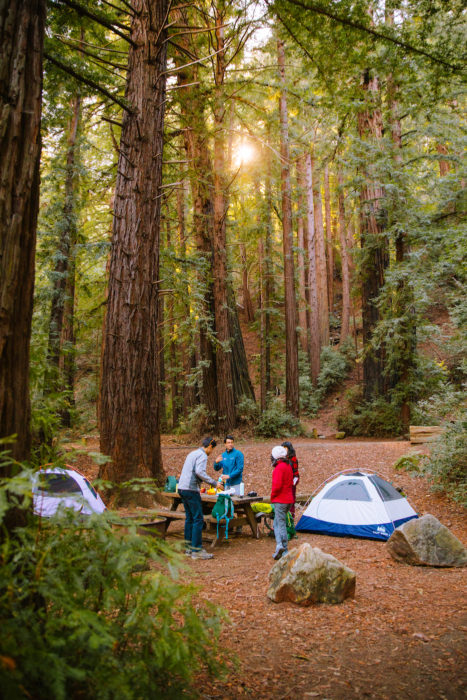
The Importance of Equitable Access
When we engage with the natural world and our surrounding environment, we connect to something greater than ourselves. Parks, forests, and open spaces provide opportunities to bring people together in nature and foster social connections within our communities. Since public lands exist to serve the public good, they also play a role in addressing the economic, racial, and health inequalities that persist in society, by ensuring equitable access for all. This has never been more important than it is now in this time of a global pandemic and civil unrest.
The history of the environmental conservation movement includes the removal of Indigenous peoples from their lands, as well as a culture of exclusion and elitism. This makes it especially critical for conservation groups to chart a more inclusive path moving forward—one that welcomes a diversity of voices and engages all stakeholders for the benefit of the collective good. Everyone in our community deserves the chance to have positive and meaningful experiences outdoors, and to feel safe and welcome while doing so.
Ultimately, the enduring relationship between humankind and nature is what drives the League’s work to protect and restore redwood forests. We are not separate from the natural world. We are a part of a global ecosystem, and the health of the forests and planet is intertwined with our own health and that of our communities. Conservation represents an opportunity for us to engage in the reciprocal healing of our world. By protecting and restoring the redwoods, we protect and restore ourselves, and we renew our connection to the greater whole.
Save the Redwoods League is expanding access to redwood parks and ensuring transformative, uplifting, and educational visitor experiences in the redwoods through the Redwood Parks Fund, a cornerstone of Forever Forest: The Campaign for the Redwoods. The League has set a goal to raise $1.5 million for the Redwood Parks Fund by December 31, 2020. Please join us.

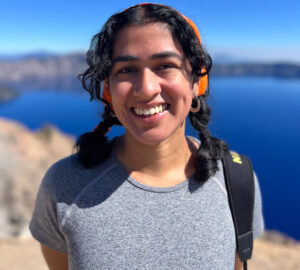
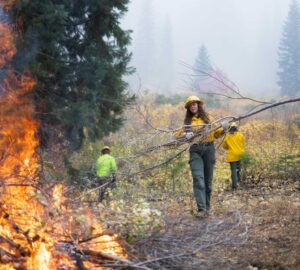

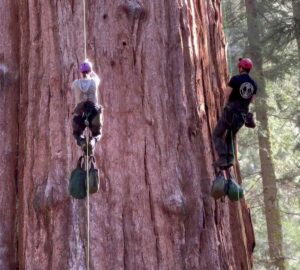
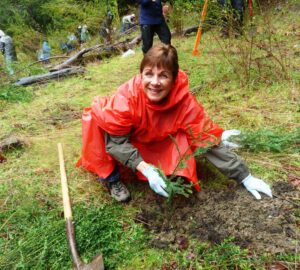

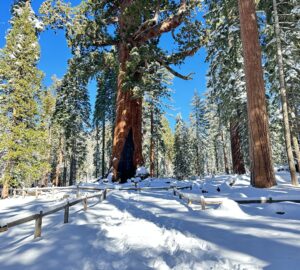
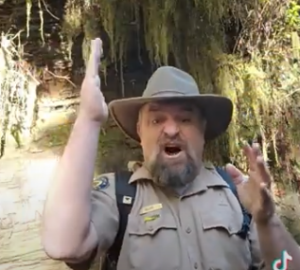
One Response to “To protect and restore the redwoods, first we must connect”
Bob
We MUST make these wonderful forests more accessible by inner city youth and our minority citizens. It’s unfortunate that some of our “environmental Giants,” like John Muir were racists. I often go to Armstrong Woods and I LOVE just to sit there and watch kids experience their “first redwood.” NO phones, NO apps; just PURE, UNADULTERATED NATURE! These kids will be the new environmentalists.